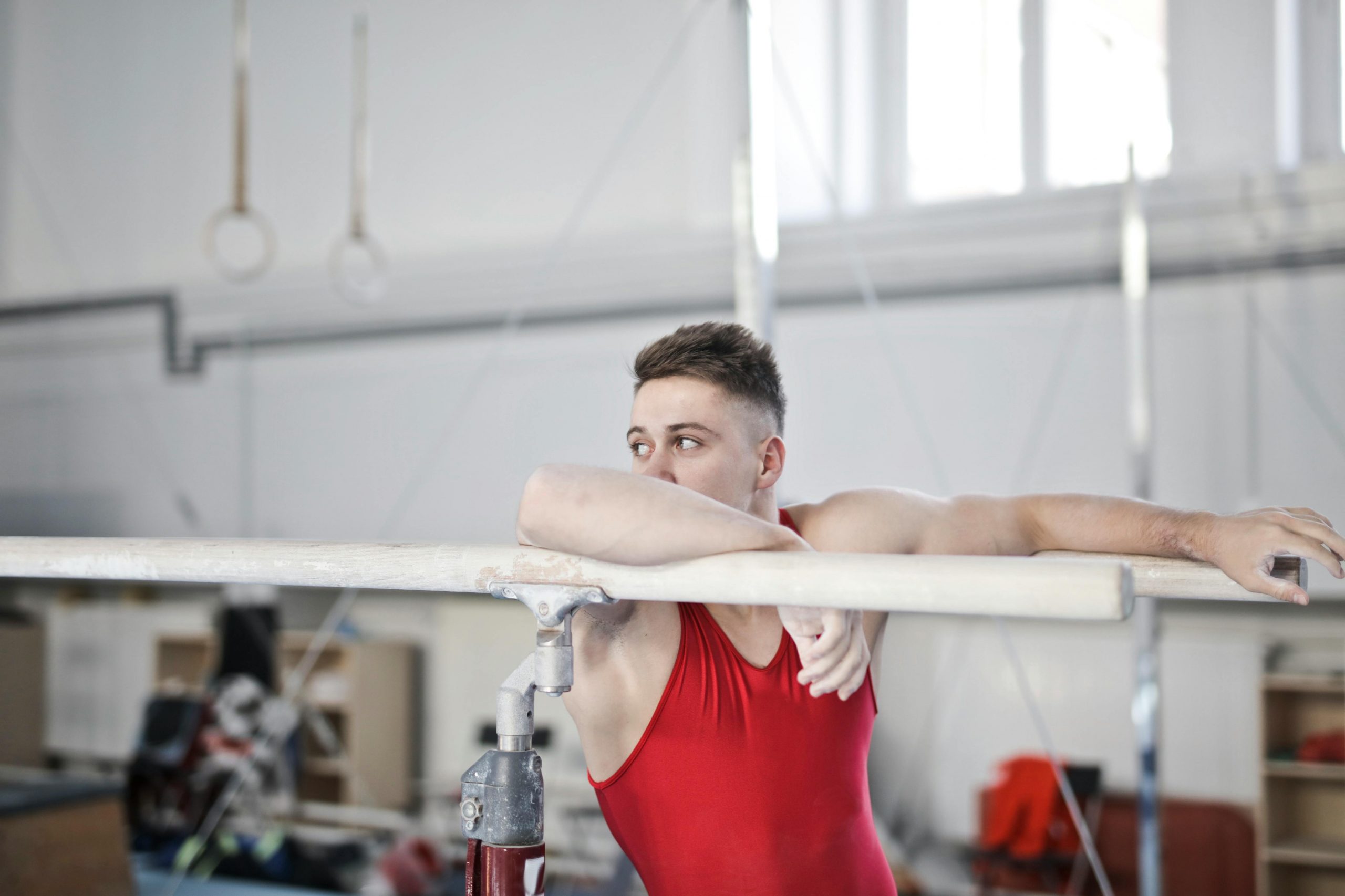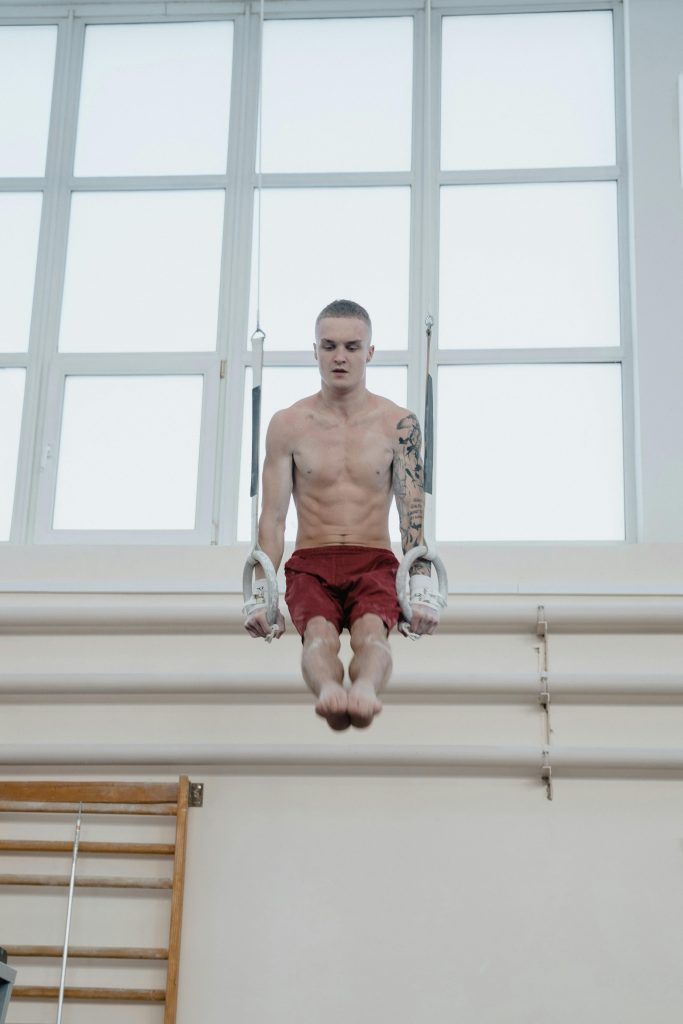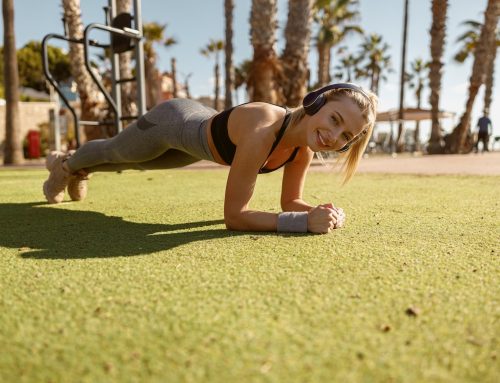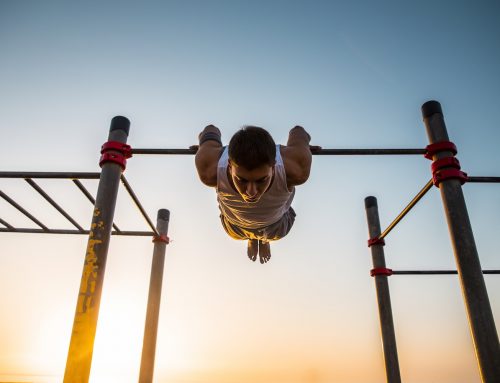
With the Paris 2024 Olympics just around the corner, the awe-inspiring feats of strength and control displayed by gymnasts continue to amaze audiences. But what if we told you these incredible skills can be honed through a simple training method called calisthenics? While calisthenics isn’t yet an official Olympic sport, its influence on these disciplines is undeniable.
Introduction to Calisthenics:
Now, enter the world of calisthenics: a training method that utilizes your body weight to build impressive strength, power, and control. Unlike weightlifting or machine-based exercises, calisthenics relies on fundamental movements like push-ups, pull-ups, dips, and squats, progressively increasing difficulty to create a challenging and versatile workout experience.
Explanation of Core Principles:
This approach fosters the development of key physical qualities essential for Olympic-level gymnastics:
- Strength: Calisthenics exercises target major muscle groups, building the foundation for explosive movements and impressive displays of power.
- Control: Mastering bodyweight movements requires precise coordination and body awareness, leading to smooth and controlled execution.
These core principles of calisthenics translate beautifully into the very skills that might soon grace the Olympic stage in Paris 2024. Could calisthenics be the next sport to take center court? Let’s delve deeper and explore this surprising connection.

The Calisthenics Connection:
While separate disciplines, calisthenics, and Olympic gymnastics share a surprising common ground. Many breathtaking skills showcased during the Olympics, particularly in events like the rings and parallel bars, have their foundation in calisthenics movements.
Rings:
Take the awe-inspiring muscle-up, where gymnasts seamlessly transition from a pull-up to a dip on the rings. This powerhouse move requires immense upper-body strength and coordination. Interestingly, calisthenics exercises like pull-ups, dips, inverted rows, and ring rows (for those with prior experience) provide the perfect foundation for building the strength and control needed to master the muscle-up. By progressively increasing difficulty in these calisthenics exercises, athletes develop the necessary pulling and pushing power for explosive transitions seen in the muscle-up.
Parallel Bars:
The parallel bars showcase incredible feats of strength and control. Gymnasts perform explosive dips, maintain static L-sits while balancing on their hands, and execute powerful push-ups with a pike position. Interestingly, mastering calisthenics exercises like dips, L-sit holds, handstand progressions and push-ups with pike variations builds the foundational strength and stability needed for these advanced parallel bar skills. Calisthenics training provides a pathway for athletes to develop the necessary control and coordination to excel on the parallel bars.
The Future of Calisthenics in the Olympics:
The inclusion of calisthenics as an official Olympic sport is a topic of ongoing conversation. While there aren’t any finalized proposals, the growing popularity of calisthenics and its undeniable training benefits are sparking discussions about its potential future in the Olympics.
Organizations like the World Calisthenics Organization (WCO) and the Street Workout Movement are actively advocating for the inclusion of calisthenics in the Olympics. These efforts, along with the sport’s increasing global presence, highlight the growing interest in seeing calisthenics on the world’s biggest sporting stage.
However, challenges need to be addressed before calisthenics becomes an Olympic sport:
- Standardization of Competition Formats: Establishing formats that are fair, diverse, and showcase the best aspects of the sport. This might involve categories based on difficulty or skill sets, with standardized routines, attempts, and permitted exercises.
- Clear and Objective Judging System: Develop a system with criteria for evaluating form, control, difficulty, and execution. This ensures fair and consistent competition.
Despite these challenges, the ongoing discussions and growing popularity suggest a bright future for calisthenics’ potential inclusion in future Olympic Games.
Calisthenics: Training Ground for Champions:
While calisthenics isn’t currently an Olympic sport, its training benefits are undeniable for athletes across various disciplines. Here’s how calisthenics empowers athletes:
- Strength and Power Development: Calisthenics builds foundational strength and explosive power, essential for many athletic endeavors.
- Mobility and Control: Bodyweight exercises enhance mobility and body awareness, crucial for injury prevention and peak performance.
- Coordination and Balance: Calisthenics movements improve coordination and balance, necessary for agility and overall athleticism.
The Caliverse app:
The Caliverse app provides a comprehensive platform to unlock your calisthenics potential. Their “Begin with Rings” workout plan is particularly suited for aspiring athletes or anyone interested in building a strong foundation for skills like those showcased in the Olympics.
This 12-week program offers a structured approach:
- Progressive Workouts: Start with beginner-friendly exercises and gradually increase difficulty, ensuring a safe and effective progression.
- Skill-Building Focus: Targeted exercises develop specific skills relevant to ring training, helping you master the movements.
- Strength and Control Development: Build the core strength and mobility needed for advanced ring work, preparing you for more challenging skills.
Ready to embark on your calisthenics journey and conquer the rings? Download the Caliverse app today and get started with the “Begin with Rings” workout plan. Unlock your potential and train like an Olympian (even if the sport isn’t there yet)!
About the author : Reinis Ludboržs




